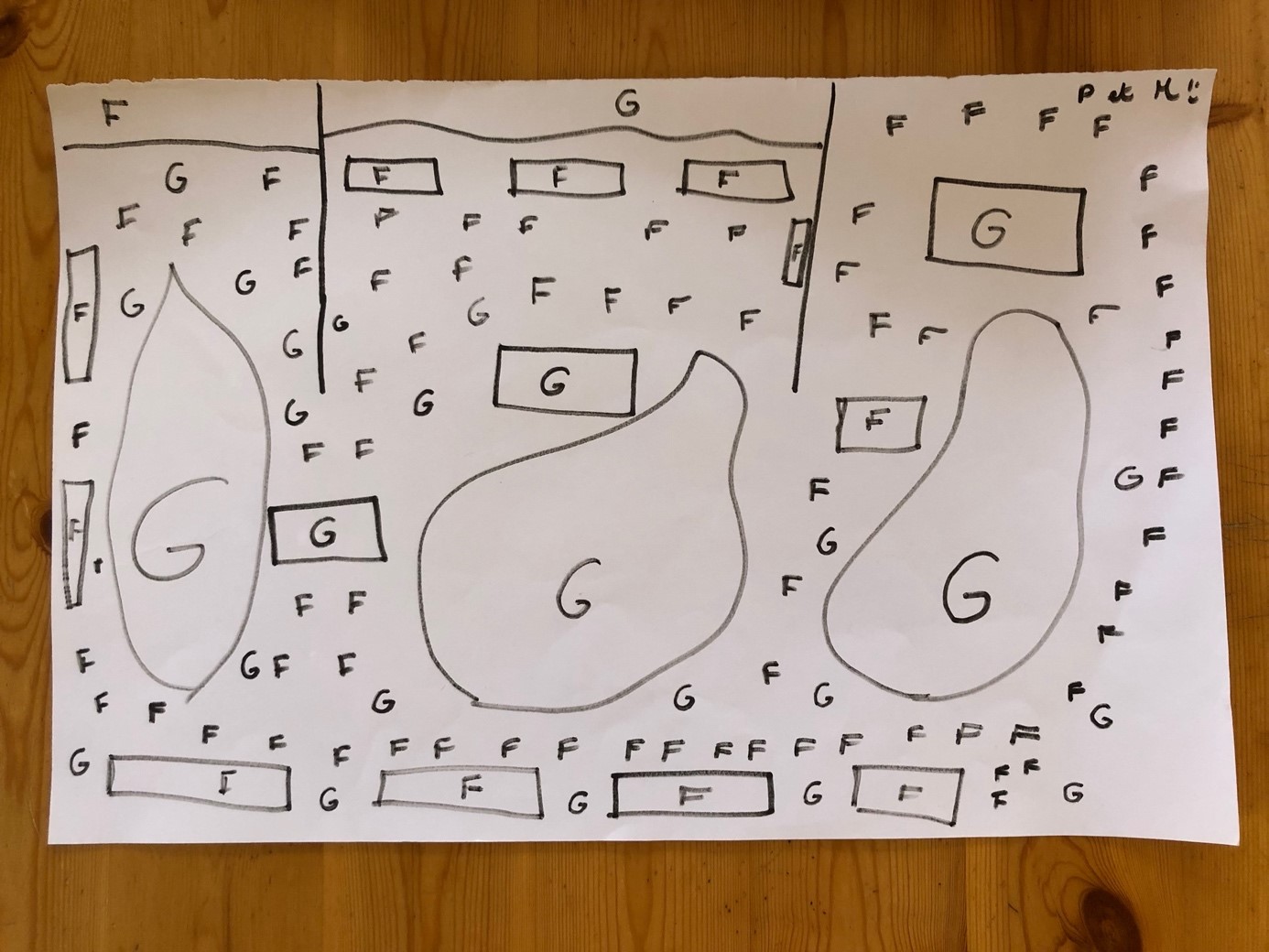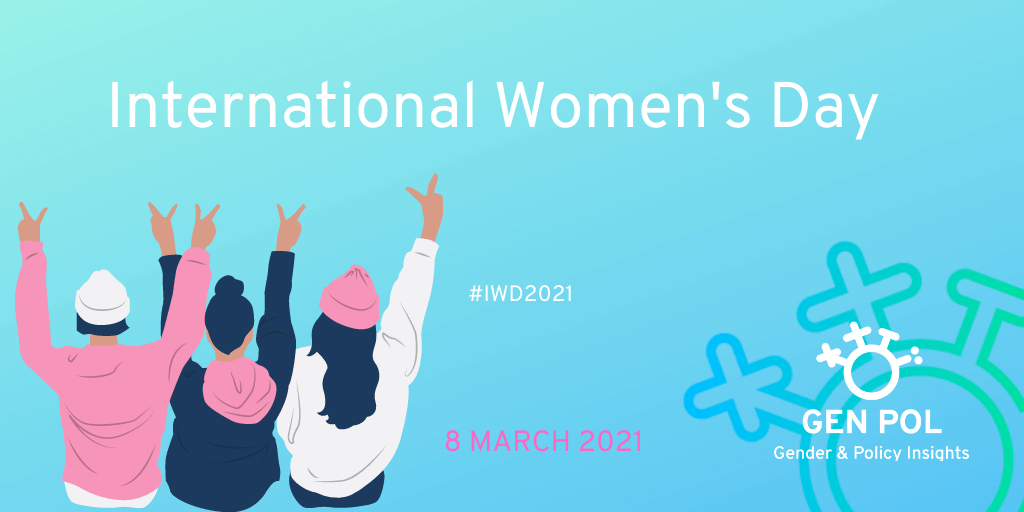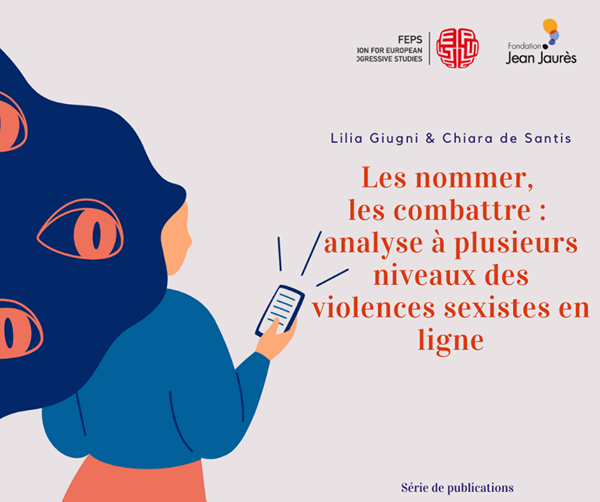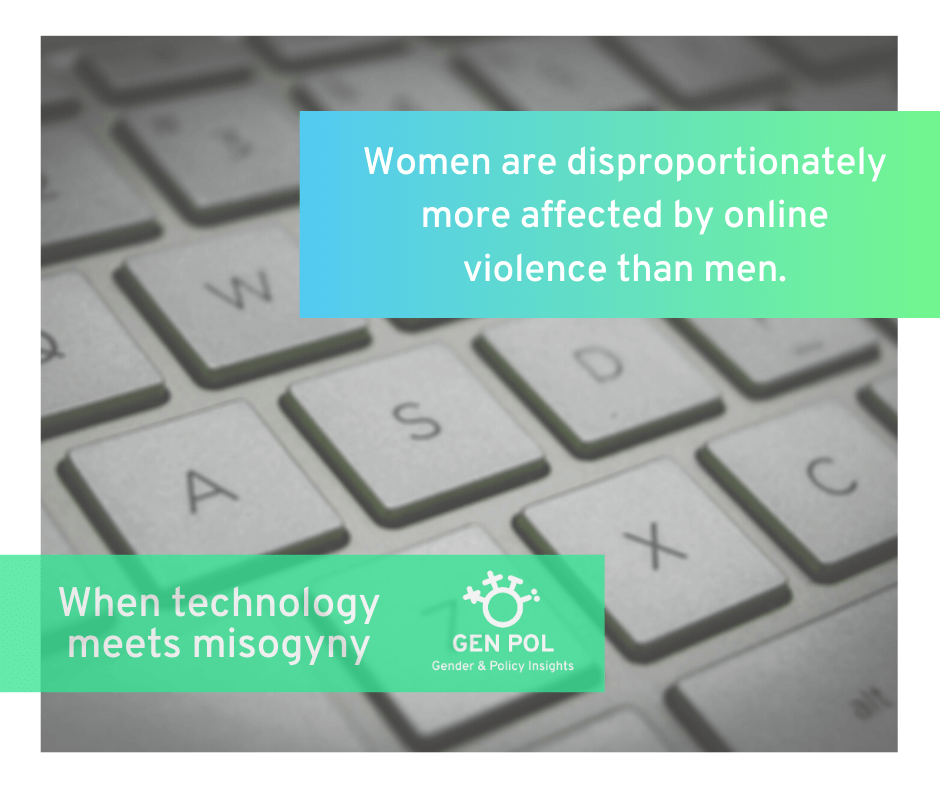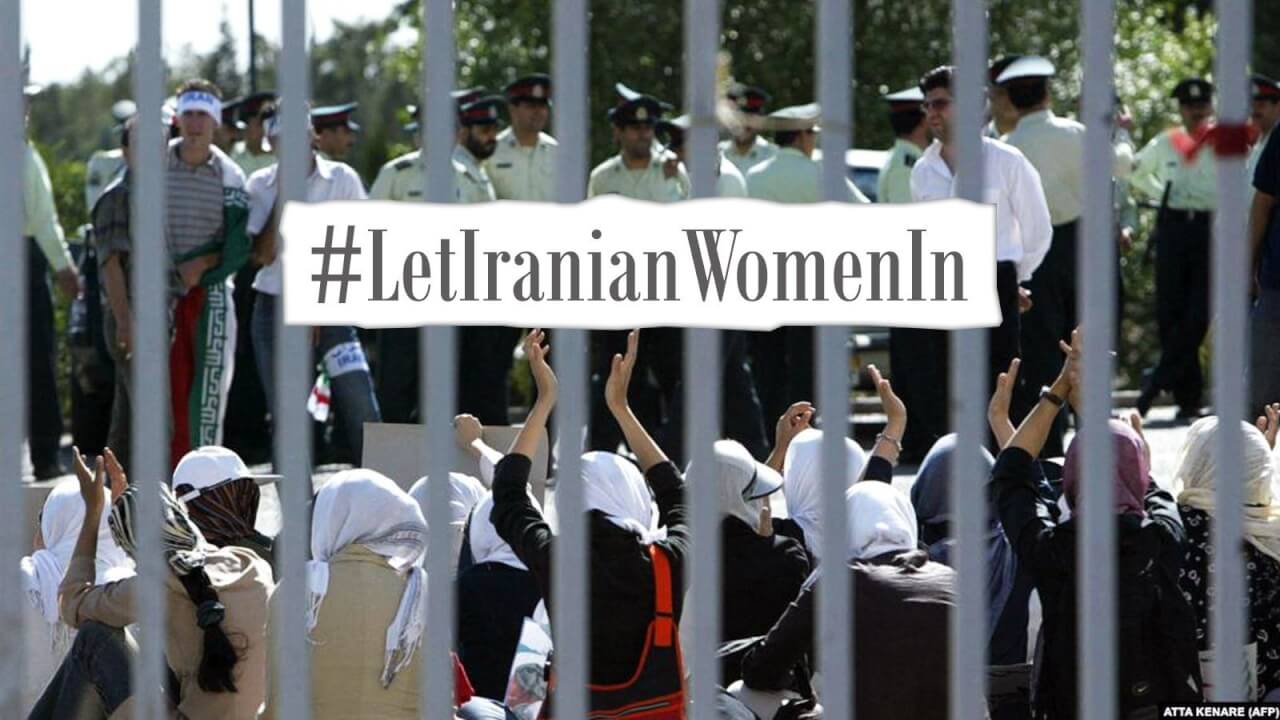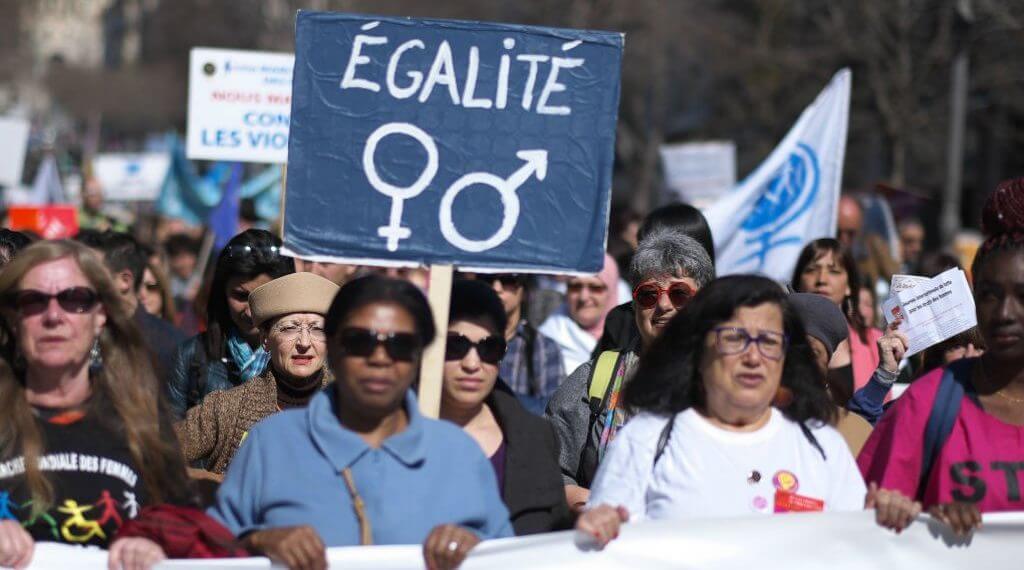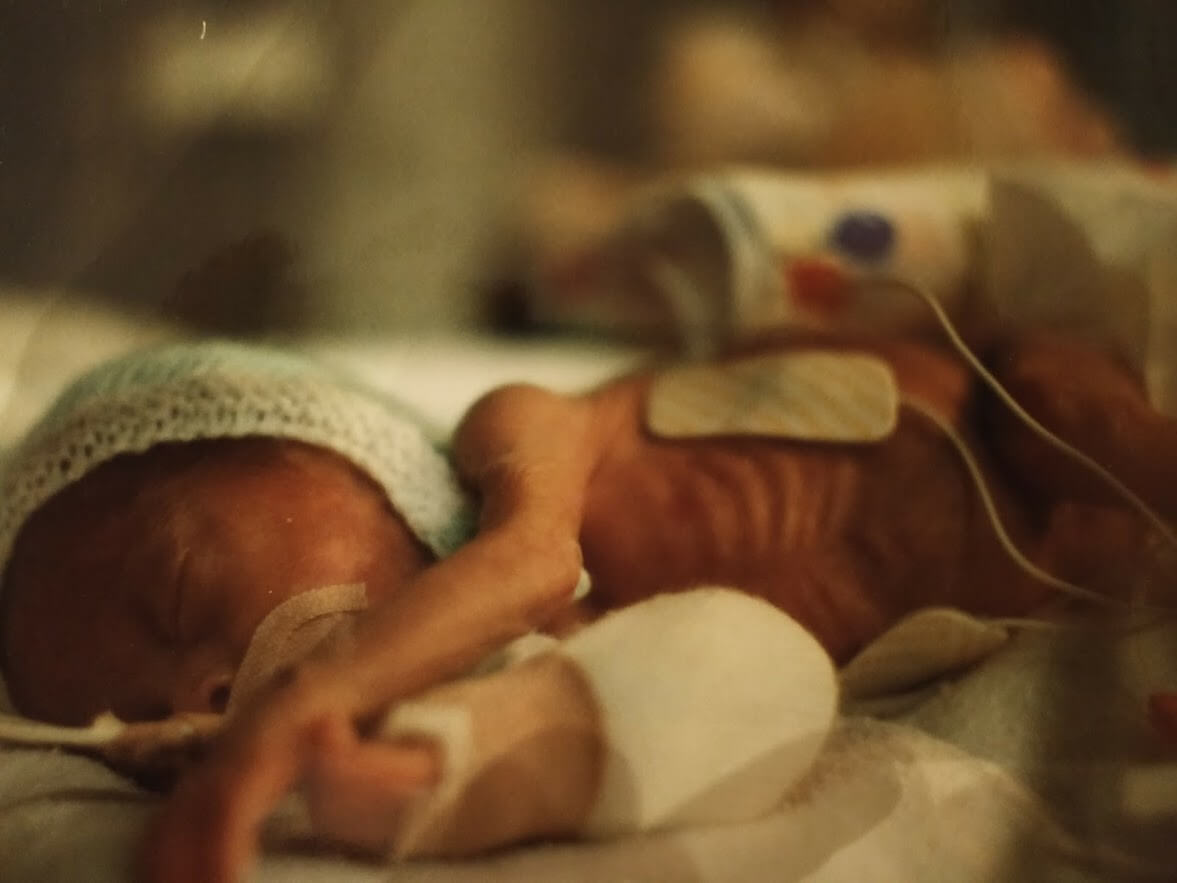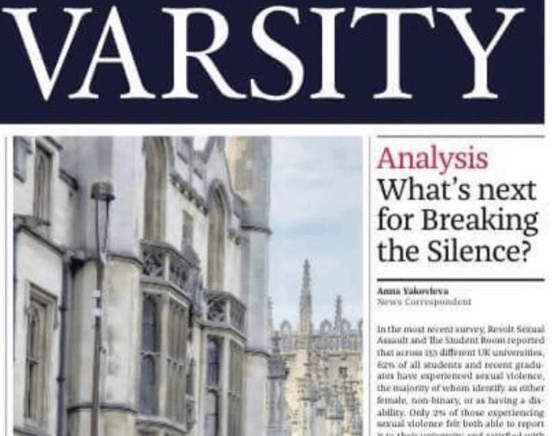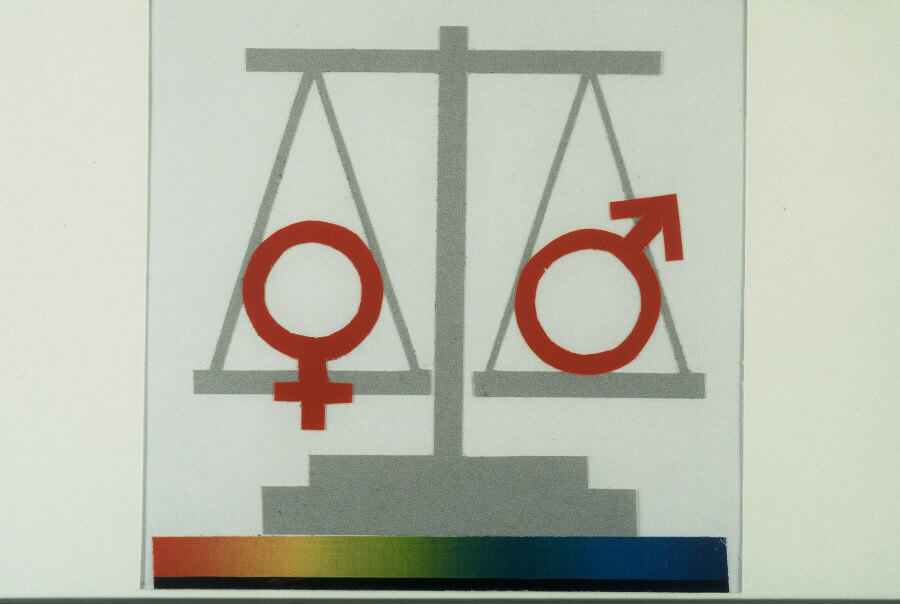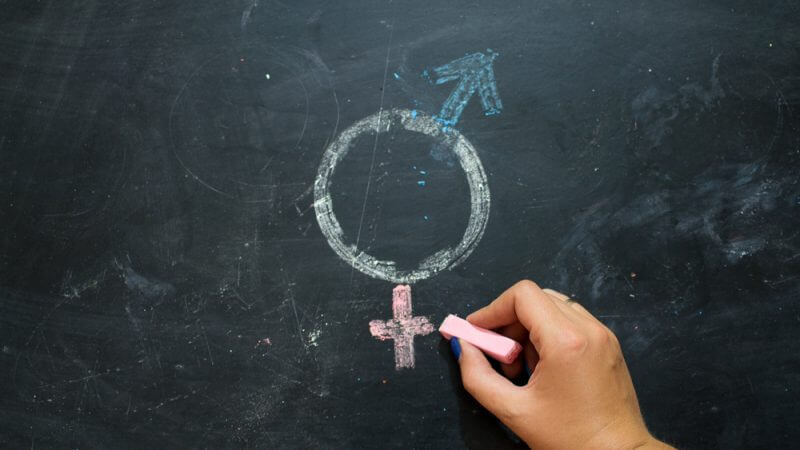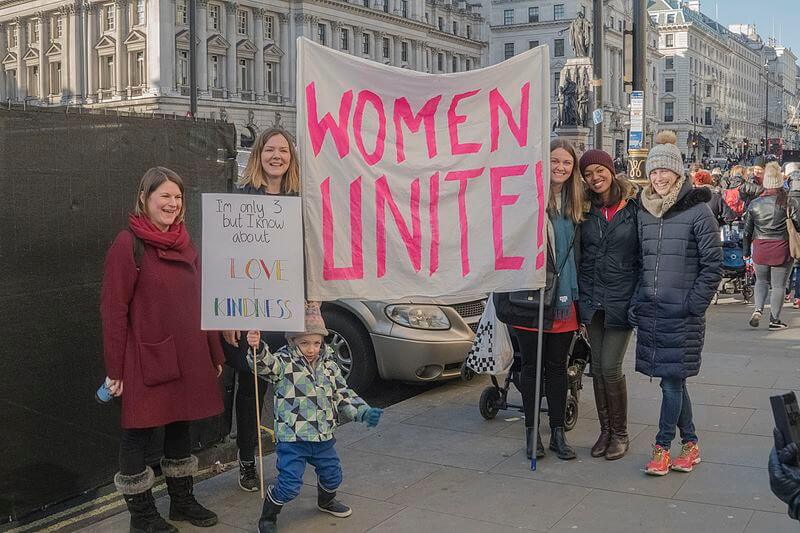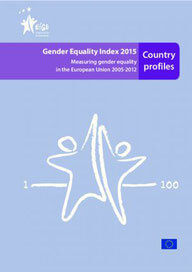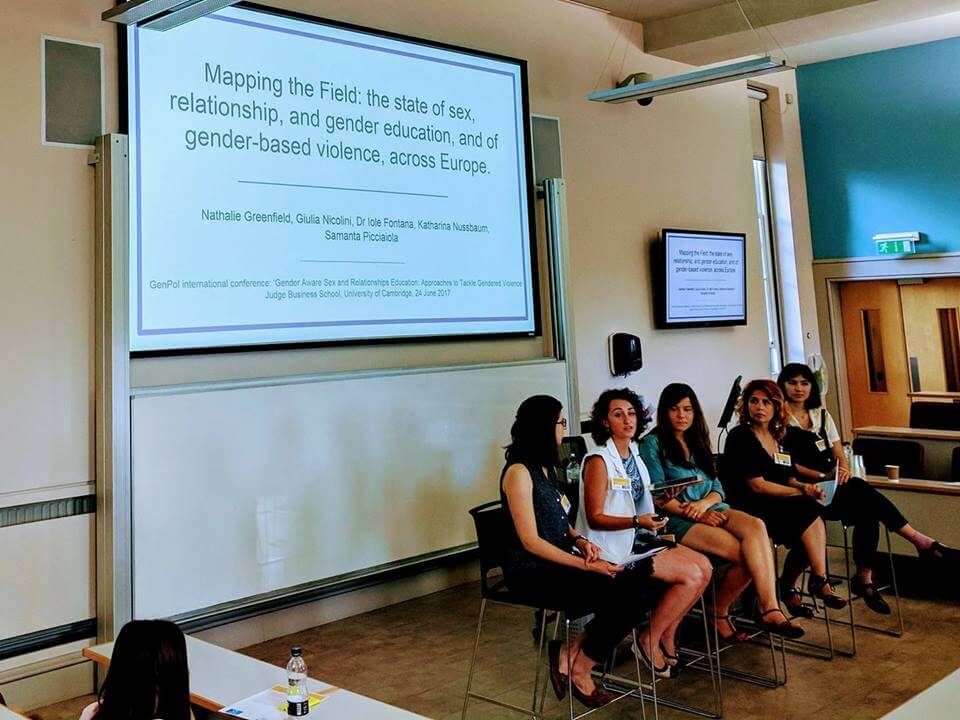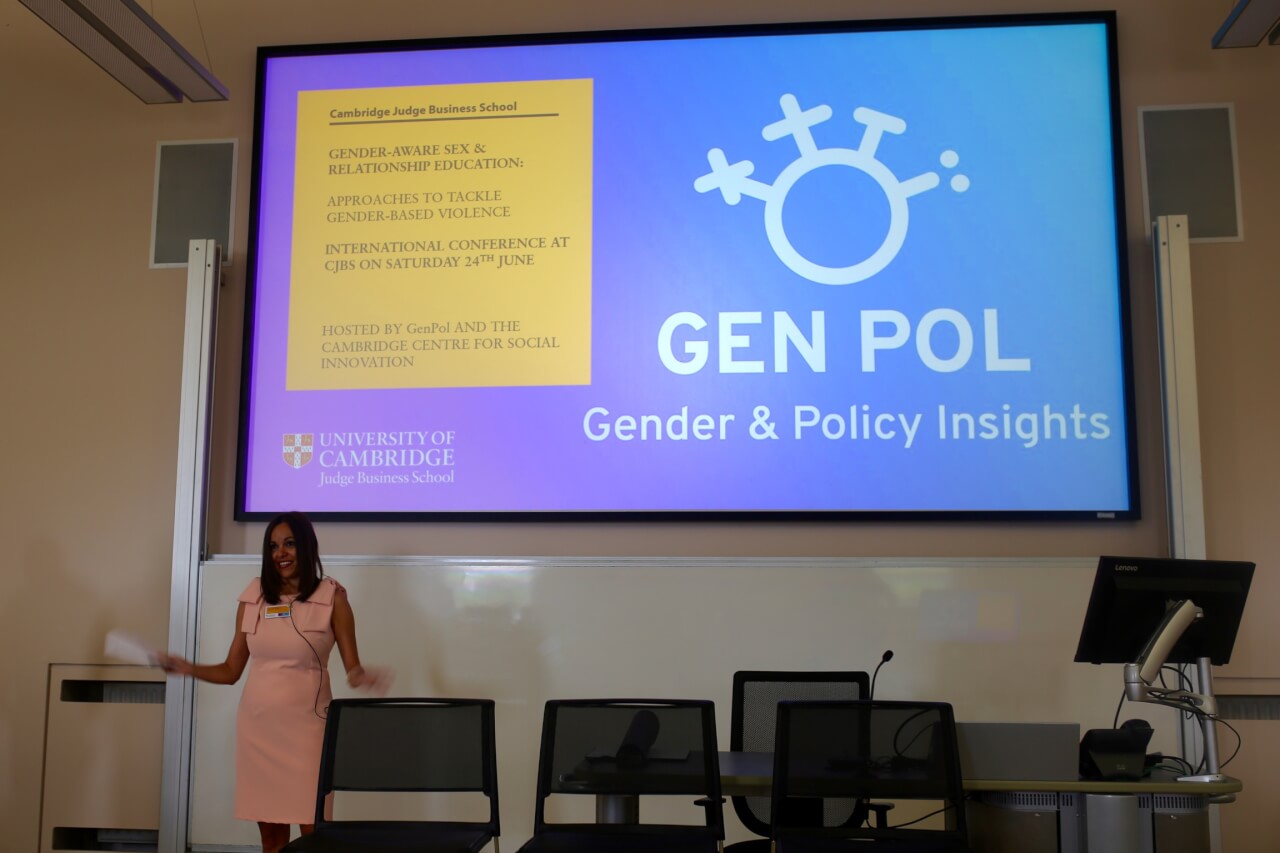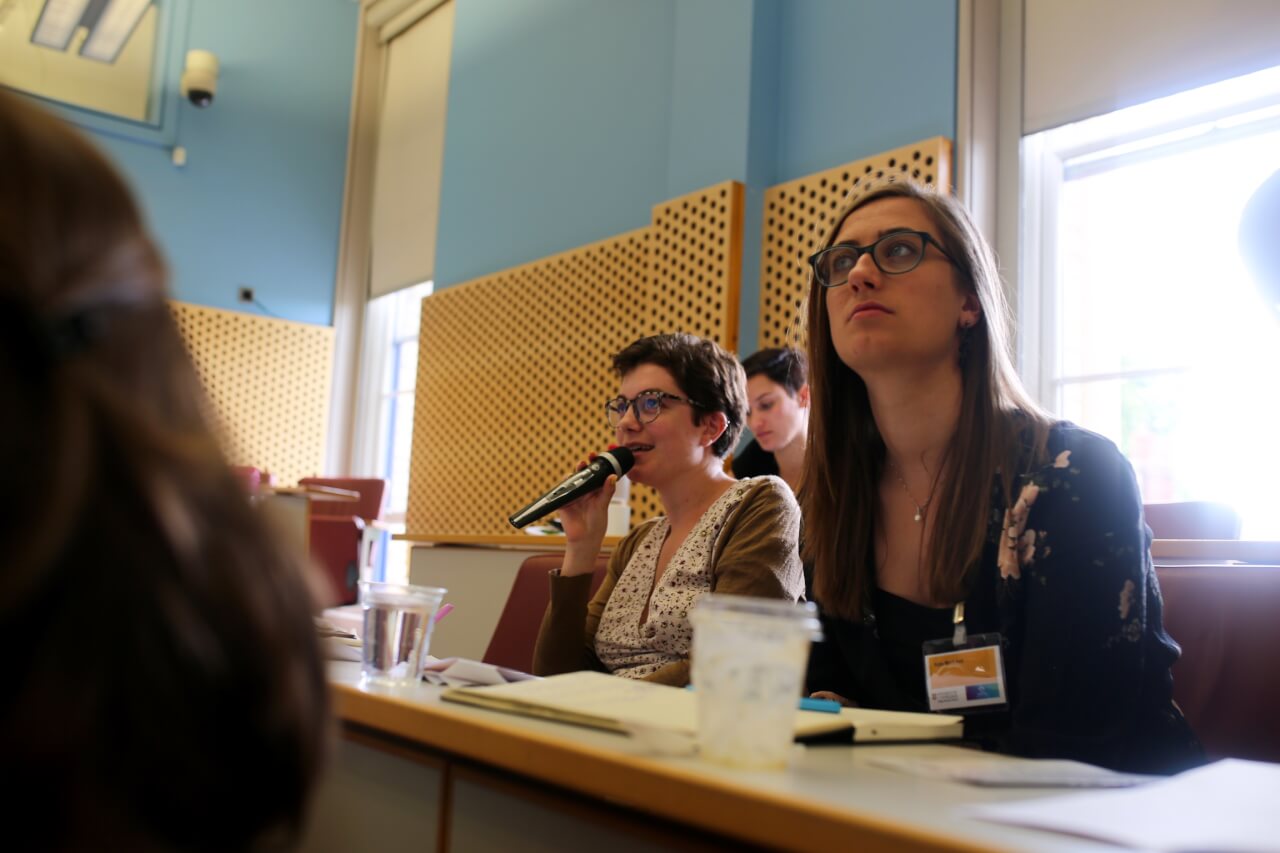
The issue of child marriage in Mexico is particularly grave. Across the country, about one in four girls are married before the age of 18. On a global scale, Mexico ranks seventh in the absolute number of child brides. Consequently, in the hope of eliminating child marriage, Mexico introduced the General Law on the Rights of Children and Adolescents (‘Ley General de los Derechos de Niñas, Niños y Adolescentes’) in 2014, in line with target 5.3 of the UN’s Sustainable Development Goals (SDGs). In particular, the law raised the minimum marriageable age to 18 without exceptions and was implemented in the majority of Mexican states by 2017.
One of the main reasons why child marriage is detrimental to adolescent girls’ welfare, among other factors, is because it has been linked to teenage pregnancy. Whereas most OECD countries have experienced increases in the mean childbearing age, Mexico has seen an opposite trend where the average age of childbirth has decreased by about 3.6 years since 1970.
In the second chapter of my PhD dissertation, I examine the effectiveness of Mexico’s minimum marriageable age laws in mitigating child marriage rates and teenage birth rates between 2014 and 2017. I do so specifically by exploiting the differential timing in the law implementation across Mexican states. This approach allows me to estimate the difference in child marriage and teenage birth rates between states that had enacted the law and those that had not. The results from my analysis show that while child marriage rates decreased, teenage birth rates increased. Given the positive relationship between child marriage and teenage pregnancy, this finding is surprising as one would expect the latter to decrease along with the former. Upon further investigation, I find that the rise in total teenage birth rates partially stemmed from the increase in teenage birth rates among girls in consensual unions (girls who were cohabitating with their partners without being formally married). Additional results show that the law was effective in increasing the probability of girls’ school attendance.
There are three possible channels that could have led to the unexpected increase in teenage birth rates among girls in consensual unions. Firstly, the prohibition of marriage could have encouraged girls to enter informal consensual unions (before pregnancy), which would have effectively re-allocated births from married girls to girls in consensual unions. Secondly, it could be that teenage girls chose to get pregnant to make up for the loss of marriage as a commitment device, which in turn could have resulted in a consensual union thereafter. Thirdly, girls who were pregnant during the time of the legal reforms could have also been coerced into entering a consensual union post-pregnancy as marriage was no longer an option.
In order to differentiate between the three potential mechanisms at play, I draw from a Child Labor Module (MTI) survey which contains nationally representative information on the marital statuses of girls below 18. Specifically, I analyze if the law had an effect on the probability of a girl being in a consensual union. The results suggest that the law decreased the probability of a girl being in a consensual union, indicating that the first channel is unlikely. This is because if the law had pushed girls into consensual unions, one should see an increase in the probability of a girl being in one, which is not what is observed. More importantly, this implies that the latter two channels are possibly responsible for the rise in teenage birth rates.
Altogether, the findings imply that while minimum marriageable age laws are useful in curbing child marriage practices and increasing girls’ school attendance, they could have unintended consequences for adolescent fertility. If indeed the latter two channels are true, where girls are encouraged to have children earlier or are forced to enter consensual unions post pregnancy, girls would be left even less protected than before in cases related to domestic violence for example. Over the last decade, states across Mexico began to allow domestic violence as grounds for divorce and introduced unilateral and no-fault divorce where proof for cause and mutual agreement was no longer required. Therefore, because minimum marriageable age laws obstruct girls’ access to such marriage-related rights that could enhance their well-being, they may be subject to even greater susceptibility in certain situations.
Lastly, my results also confirm that the rise in teenage birth rates was driven by girls from lower socio-economic classes (those who are lowly educated, in domestic work, have 1 or more existing children, or are unemployed). The intuition behind this finding is that poorer girls are more likely to choose the pregnancy path to gain commitment and financial support from their partners, given their low income earning potential. Altogether, this further suggests that marriage age law reforms may disproportionately affect vulnerable and economically disadvantaged girls by perpetuating the cycle of poverty and leaving them less protected from domestic violence, among other things.
It should be noted that the aim of this study is not to disregard the benefits of minimum marriageable age laws in enhancing girls’ welfare. My results show that Mexico’s marriage age law reforms were effective in mitigating child marriage rates, increasing the probability of girls attending school and also decreasing the likelihood of girls entering both formal and informal unions at a young age. Altogether, these outcomes have long-run positive effects on girls’ human capital accumulation, health and nutrition, among other factors.
Audrey Au Yong Lyn
Ludwig-Maximilian University of Munich (Economics)

